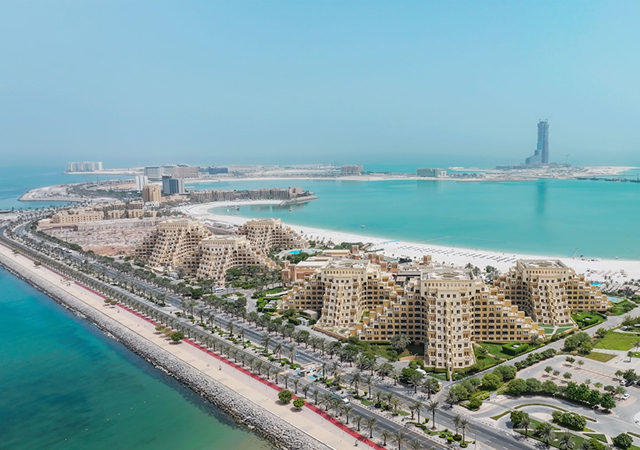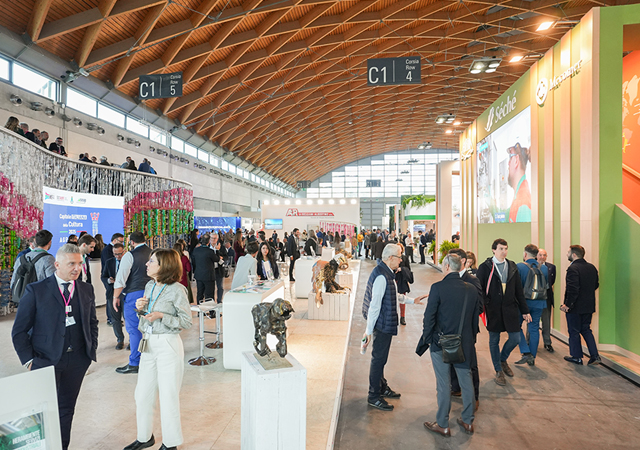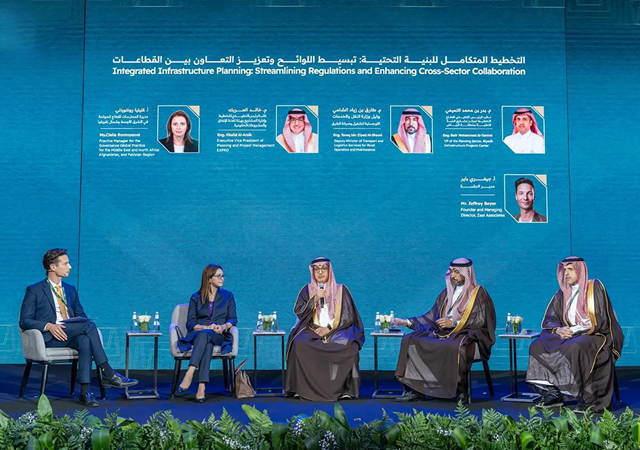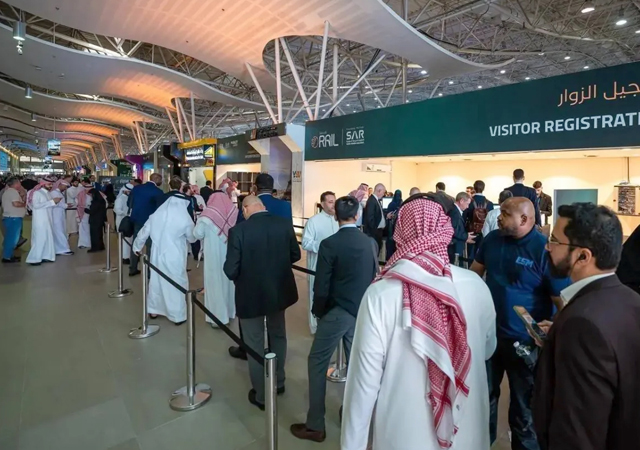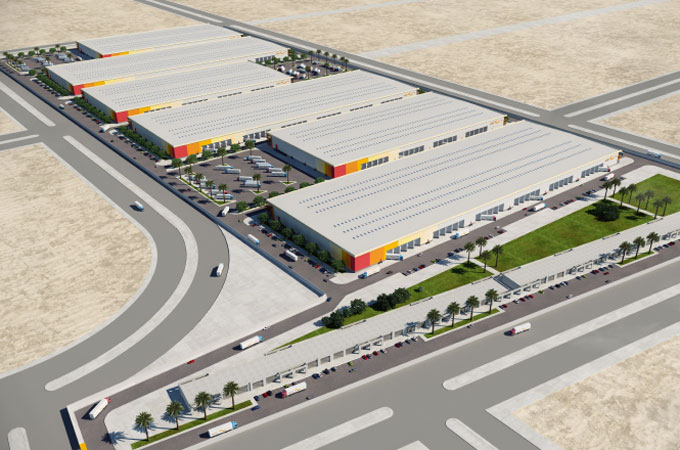
More than 1.3 million sqm of new warehouse space was delivered in the first half of 2025 as Saudi Arabia’s industrial and logistics sector experienced double-digit rental growth and near-full occupancy across its major cities, according to global property consultancy Knight Frank.
Riyadh reinforced its position as the kingdom’s main logistics hub in H1, with warehouse stock increasing by 3.5% to 28.9 million sqm, while the Saudi capital's industrial and manufacturing facilities expanded by 1.4% to 16.2 million sqm, stated Knight Frank in its report, titled 'Saudi Arabia Industrial and Logistics Market Review – Autumn 2025.'
The Saudi port city of Jeddah also recorded steady growth, with total warehouse supply rising by 1.4% to 20.1 million sqm, supported by its strategic role as the country’s primary Red Sea gateway.
On the Gulf coast, warehouse stock in the Dammam Metropolitan Area increased by 0.7% to 8 million sqm.
Faisal Durrani, Partner (Head of Research) at Mena for Knight Frank, said: "Despite this influx of new supply, average rental rates across Riyadh, Jeddah and the DMA have risen significantly, underscoring persistent growth in demand, especially for high-quality, modern facilities."
"In addition to the existing supply, a substantial pipeline of serviced industrial land within logistics masterplans signals continued expansion ahead. Importantly, zoned land availability still exceeds current built stock, suggesting significant capacity for future growth across the Kingdom’s industrial landscape," he stated.
High occupancy, rental growth in Riyadh
In Riyadh, strong demand fundamentals – driven by rapid e-commerce growth, urbanisation and a growing tech-savvy consumer base – pushed up average industrial rents by 16% year-on-year to SAR208 per sq m. Overall occupancy stands at 98%.
According to Knight Frank, the demand is increasingly tilting towards specialised facilities, including cold storage for pharmaceuticals and food supply chains, and large-scale data centres, supported by the expansion of global tech giants such as Google, Oracle and Huawei.
Key strategic zones, such as the 3 million sqm Special Integrated Logistics Zone at King Salman International Airport, have attracted major international tenants including Apple and Shein.
Looking ahead, significant expansion is expected, notably in districts like Taibah, which is forecast to grow by 50% over the next three years, he stated.
Adam Wynne, Partner – Occupier/Landlord Strategy and Solutions ME at Knight Frank, said: "Saudi Arabia’s industrial and logistics sector is entering a defining phase shaped by Vision 2030 and accelerating private sector participation. Demand for modern warehousing and high-quality logistics facilities is at an all-time high, particularly in Riyadh, where limited availability is driving rents to record levels. While 2024 witnessed relatively few new completions, strong development momentum is expected over the next four years as developers respond to rising occupier requirements."
Jeddah recorded occupancy rates of 97% in H1 and average warehouse rents rose by 8% year-on-year. This growth was led by the submarkets of Al Kawthar and Al Nakheel, which recorded rental gains of 18% and 16%, respectively, signalling strong demand for well-connected, high-quality warehousing.
Meanwhile, major upgrades at Jeddah Islamic Port, including DP World's SAR 3 billion investment, which doubled capacity at the South Container Terminal, are streamlining freight flows and reinforcing the city's role as a vital trade link.
Wynne added: “Dammam’s position on the Gulf continues to underline its importance within regional supply chains. Improved connectivity through the rail link and ongoing port expansion are expected to unlock significant potential, drawing in a new generation of better-quality industrial and logistics assets to cater to demand. The market is steadily shifting towards modern, purpose-built facilities that meet the evolving requirements of occupiers.”
The DMA continues to be a crucial strategic hub on the Arabian Gulf coast, but it remains constrained by supply shortages. Average lease rates in the DMA rose by 9% year-on-year to SAR 231 per sqm, reflecting the scarcity of high-quality logistics space. Occupancy levels remain tight at 96%.
While the long-term pipeline is robust, with Mawani and MODON earmarking 2.4 million sqm of land for development, the market will likely remain constrained in the near term, said Wynne. Notable pipeline projects include an 850,000 sqm logistics zone in Dammam's Second Industrial City, which is set to deliver 900 light industrial units by the end of 2025.
Flagship programmes shaping the landscape
The strengthening market is being spurred by national strategies under Vision 2030 aimed at diversifying the Saudi economy.
Flagship programmes, including the National Industrial Development and Logistics Programme and the National Strategy for Industry, have set challenging targets, such as tripling industrial GDP and doubling the value of industrial exports to SAR 557 billion by 2030. The logistics sector is expected to contribute 10% to GDP by 2030, up from 6% today.
Government reforms are actively shaping the landscape. The expansion of the White Land Tax to cover undeveloped industrial and commercial plots, with an annual levy of 10%, is designed to accelerate development and curb land banking, ensuring a steady supply of serviced plots for logistics facilities.
Amar Hussain, Associate Partner – Research, Mena at Knight Frank, said: “Collectively, these initiatives are strengthening industrial capacity, stimulating export growth, and creating a more resilient and competitive economic base. Saudi Arabia’s aggressive expansion of its manufacturing sector saw the Kingdom issue 585 new industrial licences in H1 2025 alone, representing SAR 13.5 billion in new capital investment. The total number of licensed factories now stands at 12,840, and projections are for this to rise to 36,000 by 2035.”
Foreign investment, multinational tie-ups
According to Knight Frank, the foreign direct investment is increasingly focused on large-scale industrial clusters and digitally-enabled logistics platforms, with data centres emerging as a particular growth segment.
Leading international firms, including Oracle, Google and Huawei, have expanded operations in Saudi Arabia, underscoring the kingdom’s emergence as the region’s premier hub for digital infrastructure and advanced supply chains.
The focus of multinational partnerships has also shifted. Beyond market entry, companies are embedding advanced technologies, integrating sustainability principles and building specialised infrastructure.
Key developments in H1 2025 include PIF and Hyundai breaking ground on Hyundai's first Middle East vehicle plant in King Abdullah Economic City, which will have capacity to produce 50,000 vehicles a year when production starts in late 2026.
Ma’aden and MP Materials formed a strategic partnership to establish a rare earth supply chain, advancing Saudi Arabia goal of becoming a global critical minerals hub. And Aramco Digital, Armada and Microsoft struck a deal to expand cloud-based industrial IoT platforms for advanced supply chain optimization, said the expert in its report.
This momentum continued into the start of H2, with Acwa Power, Technica’s Reunidas and Sinopec being awarded the front-end engineering design contract for the Yanbu Green Hydrogen Project, which aims to produce 400,000 tons of hydrogen and 2.5 million tons of ammonia a year by 2030.
Hussain said: "Knight Frank’s analysis confirms that Saudi Arabia’s industrial and logistics sector is in a phase of dynamic growth, driven by ambitious diversification policies and significant foreign investment." "The rapid rental growth across all three major cities points to a fundamental transformation of the market, moving away from older stock towards the modern, specialised facilities essential for the Kingdom’s future as a global industrial and logistics leader," he added.-TradeArabia News Service



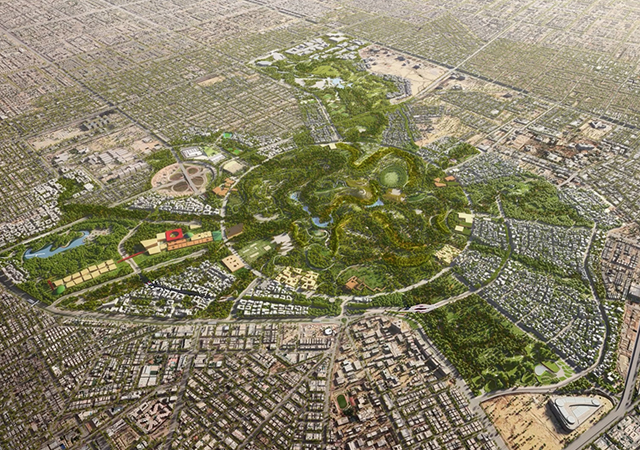
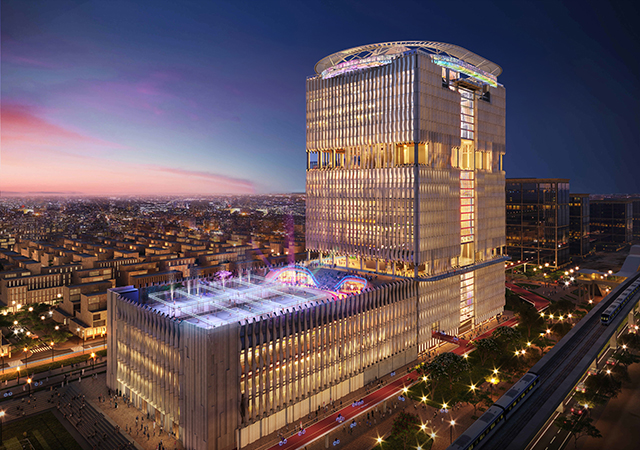
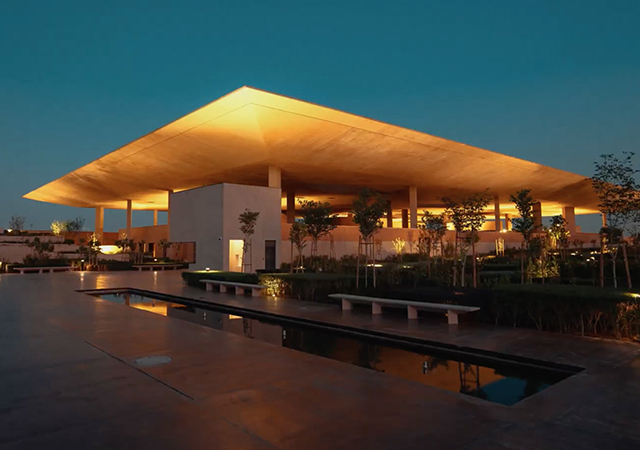
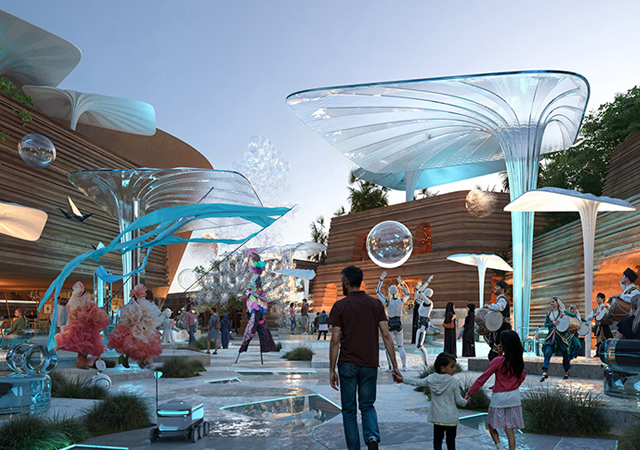
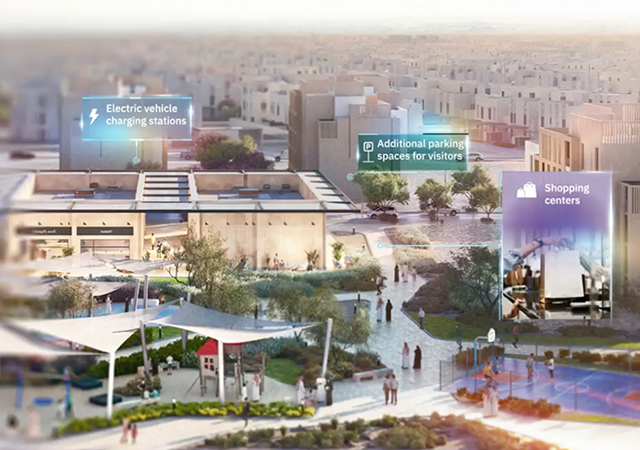
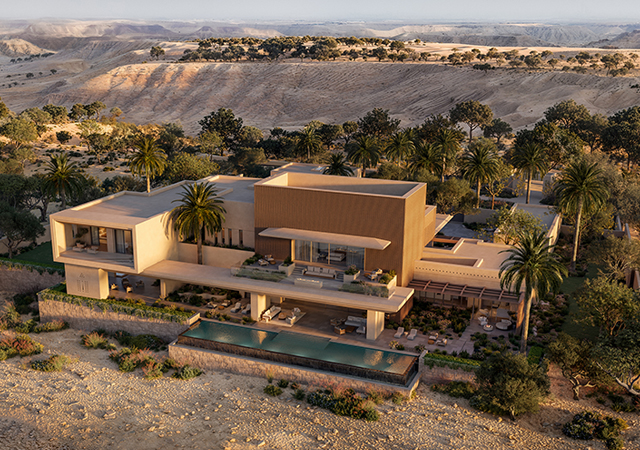
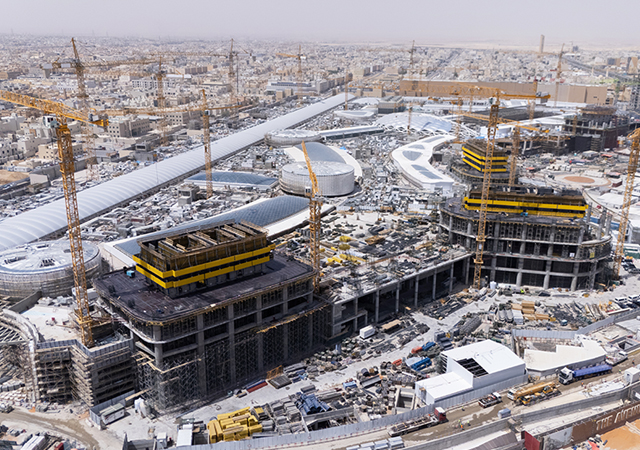
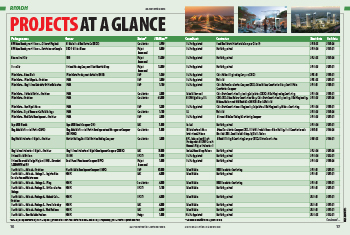
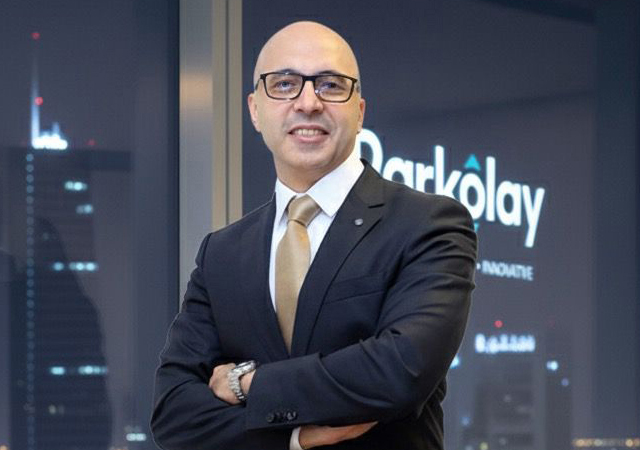
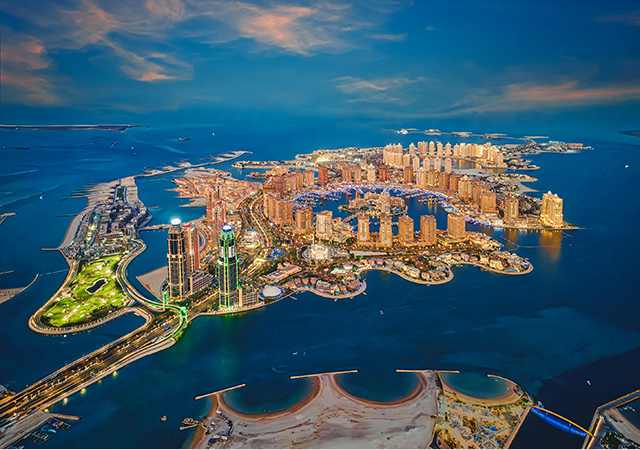

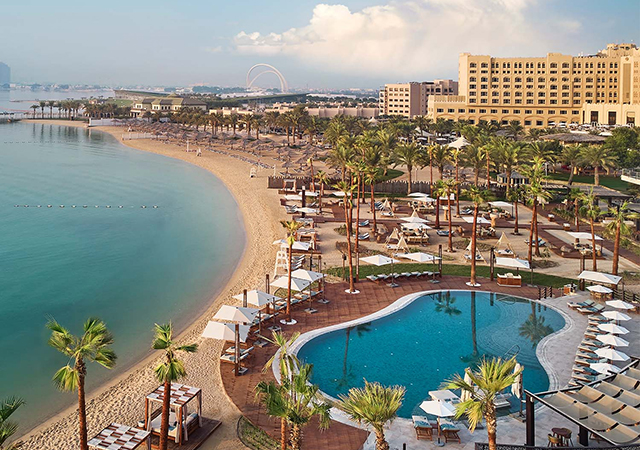
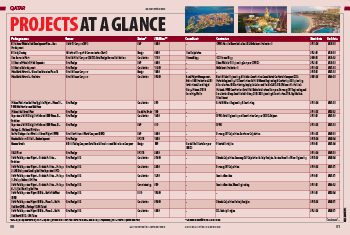
.jpg)
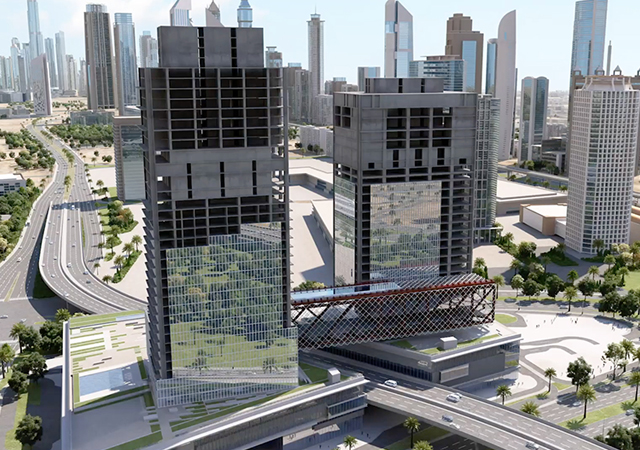

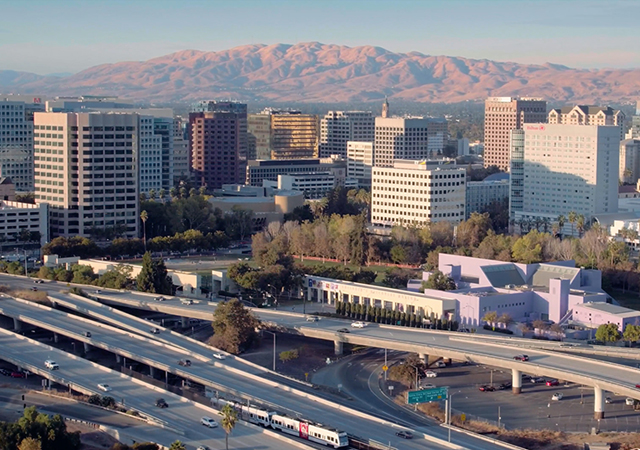
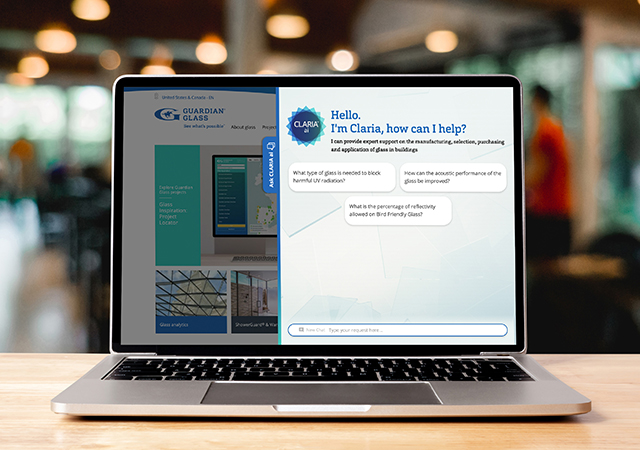

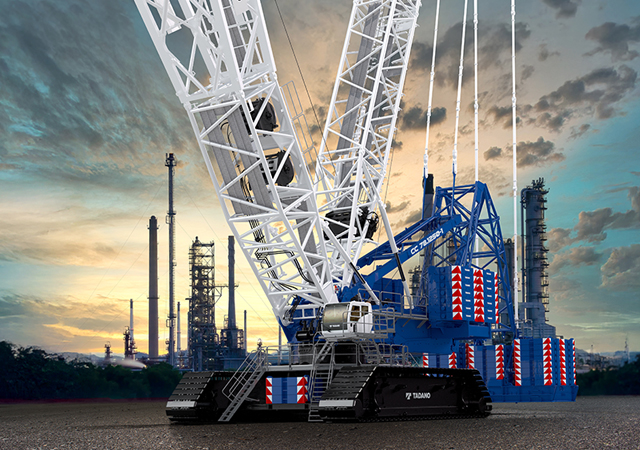
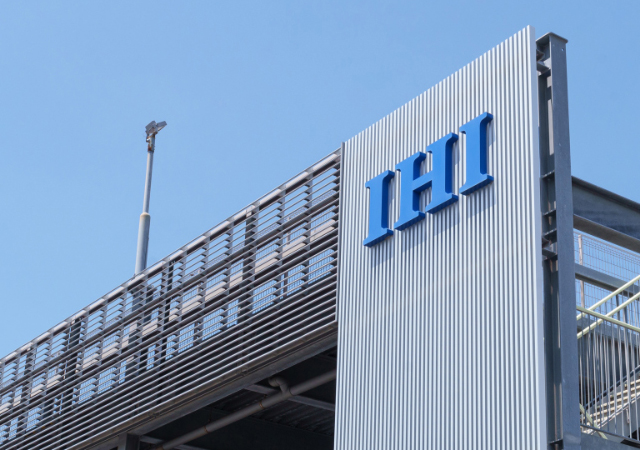
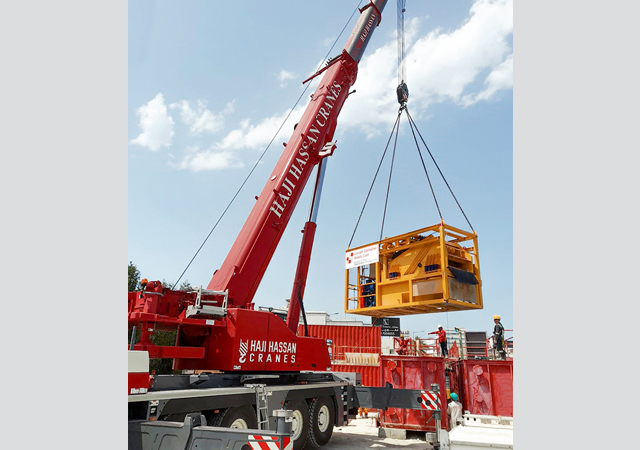
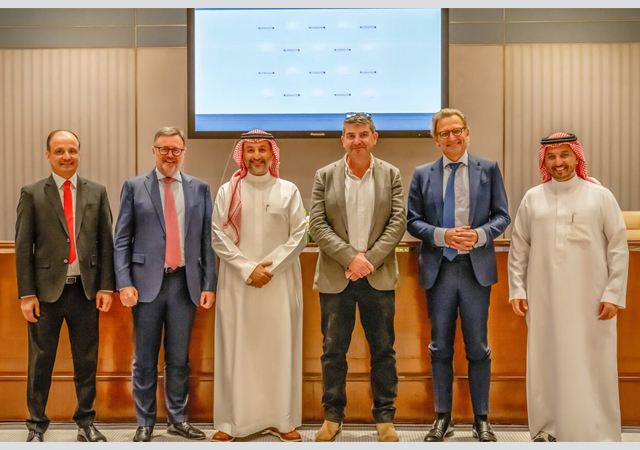
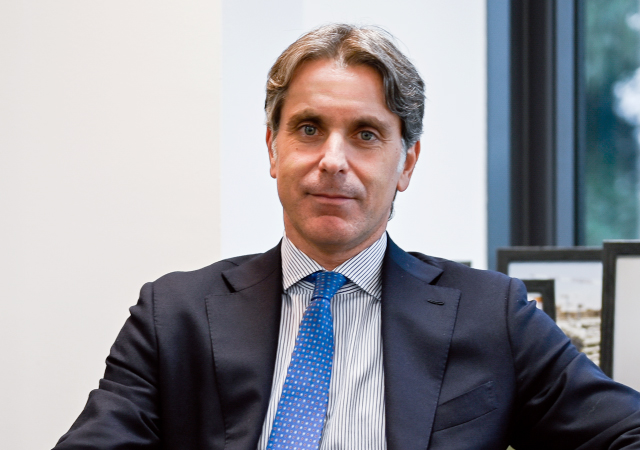
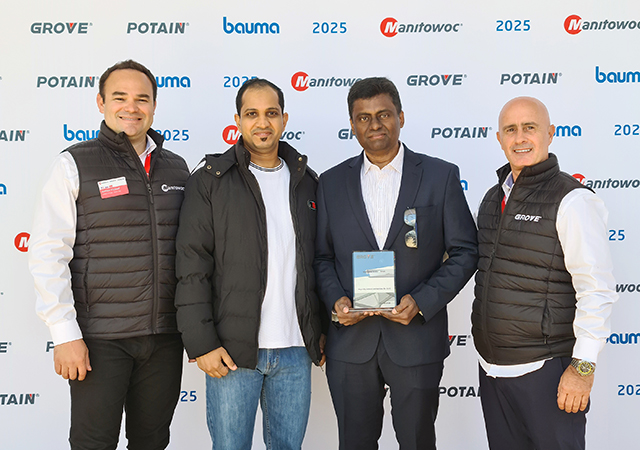

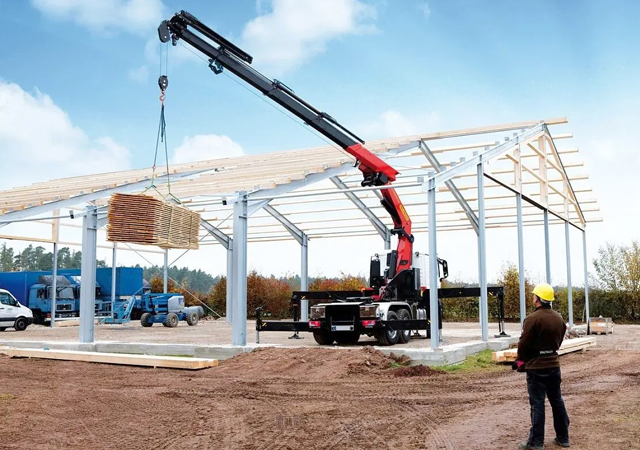
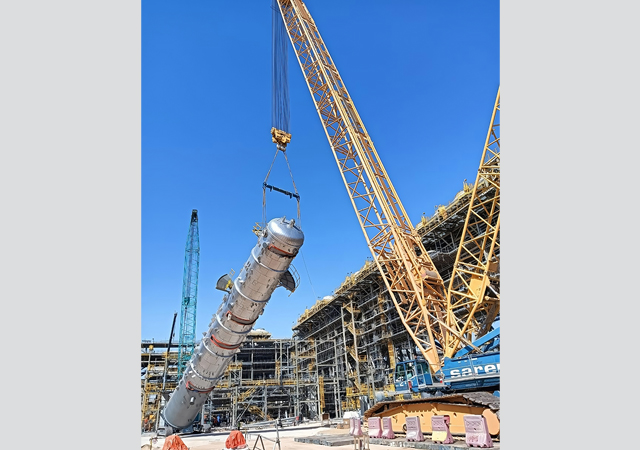
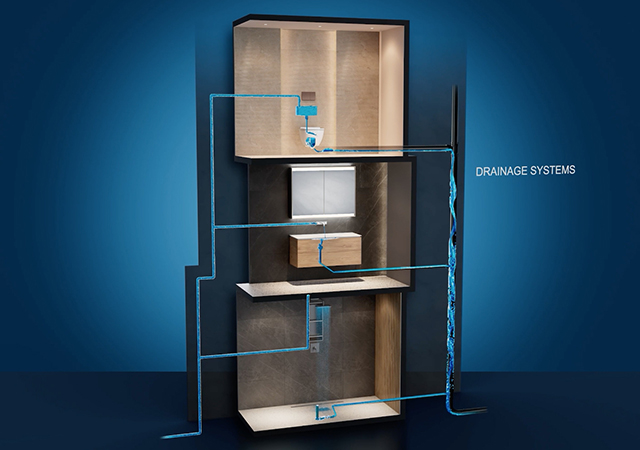
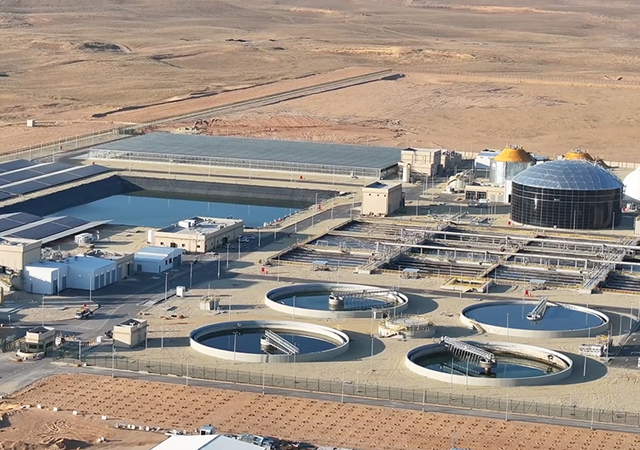

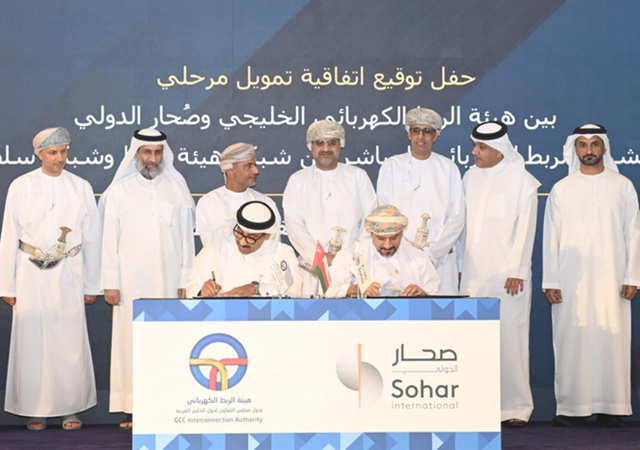
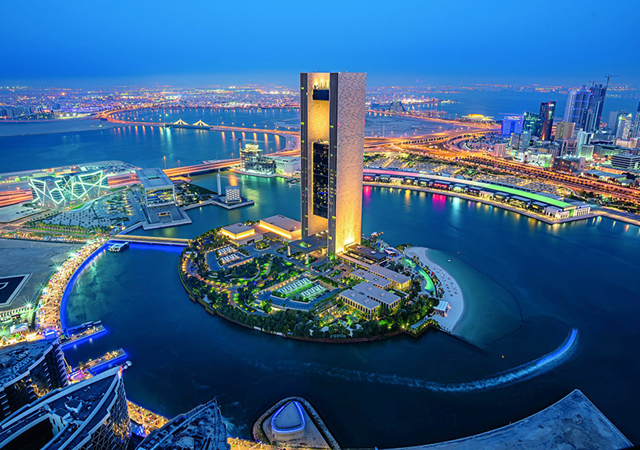
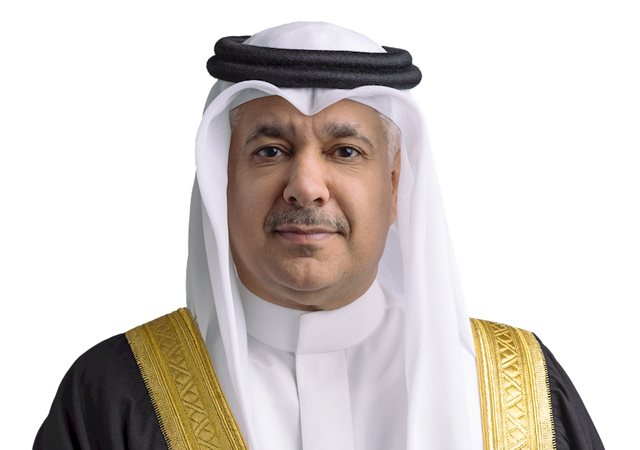
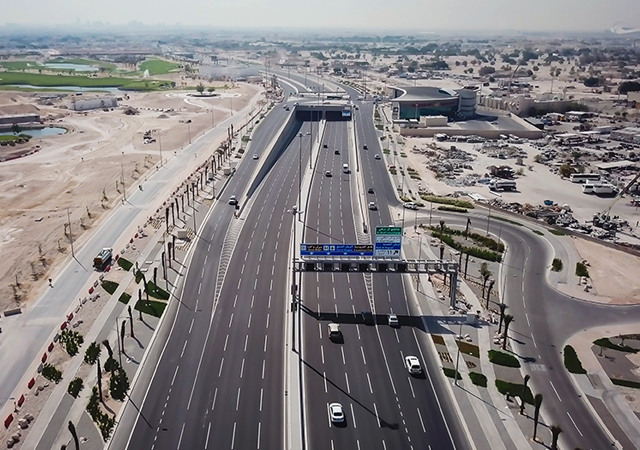
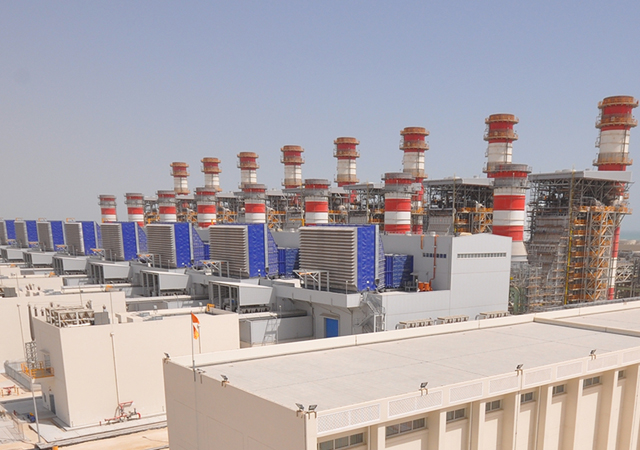
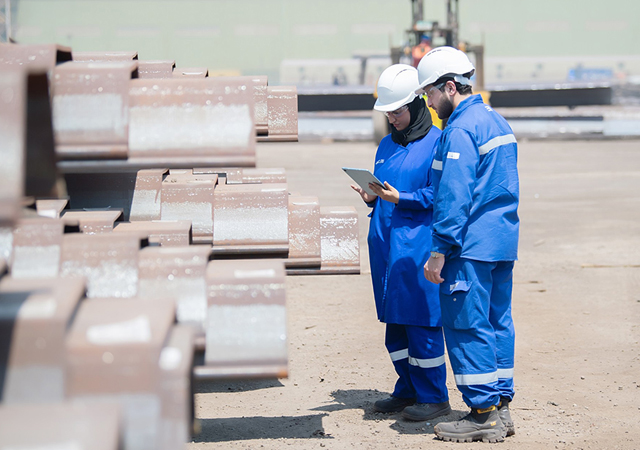
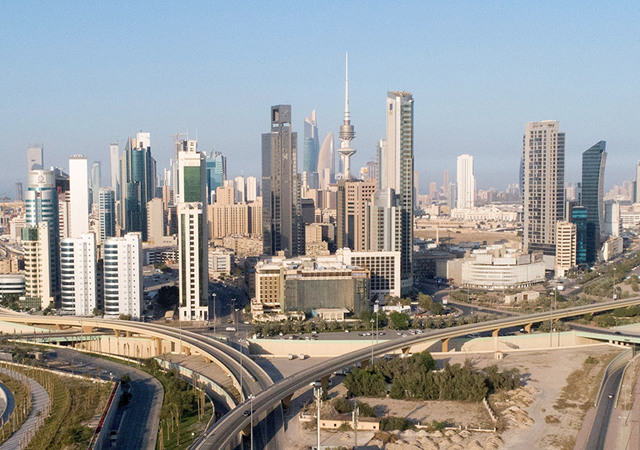
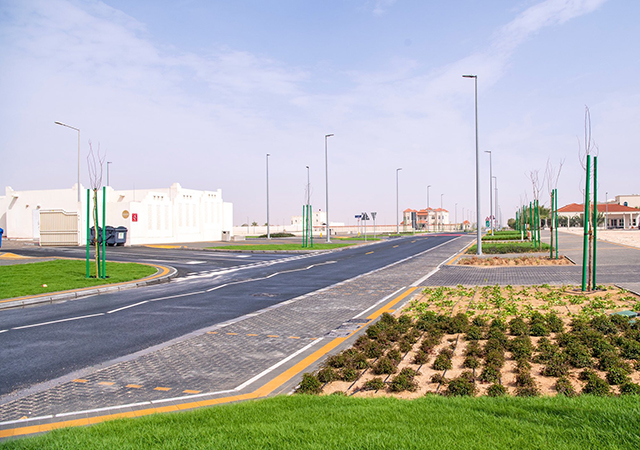
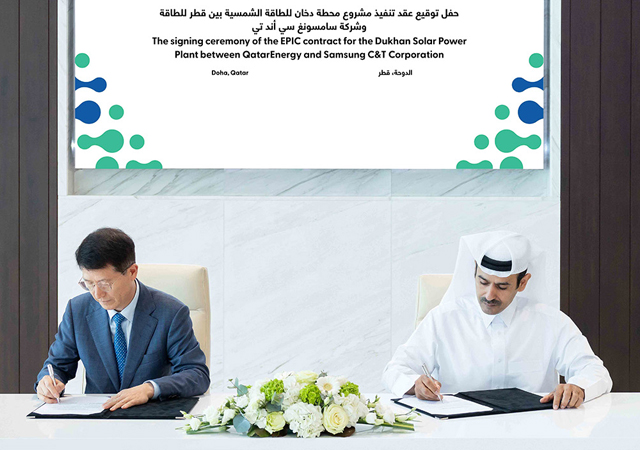
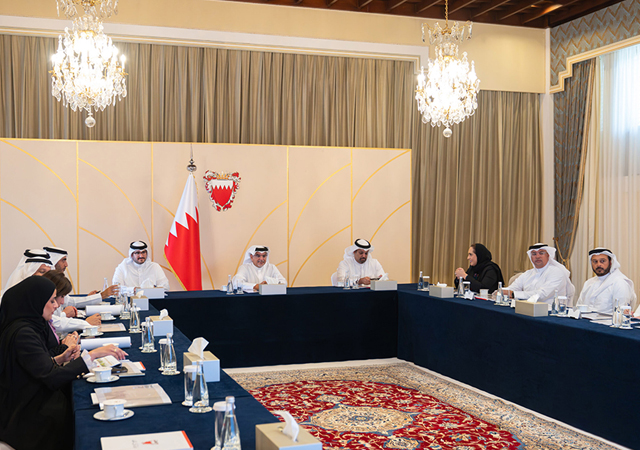

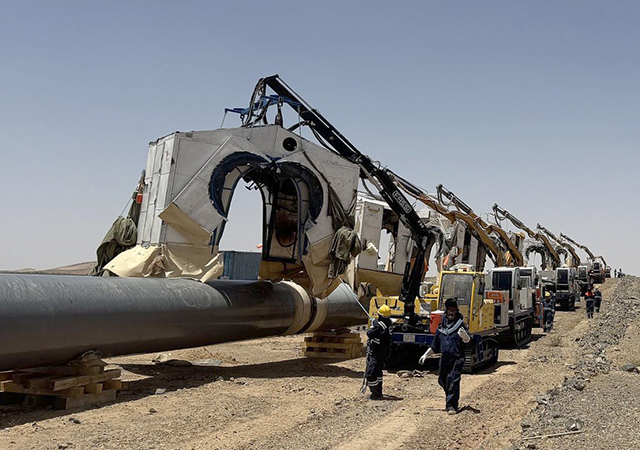
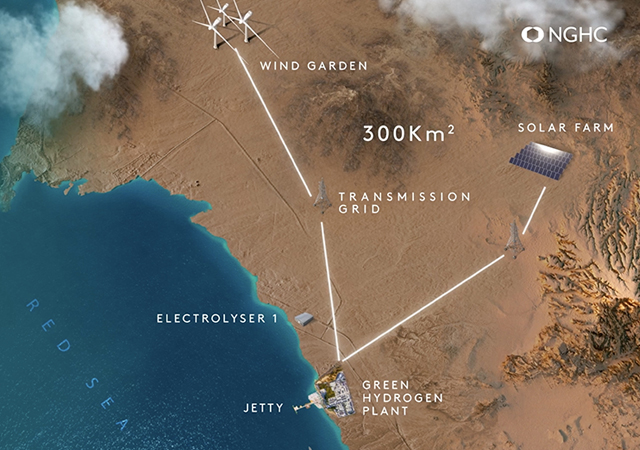
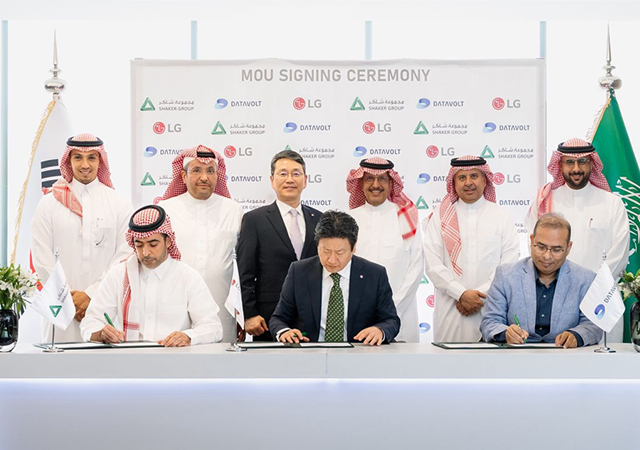
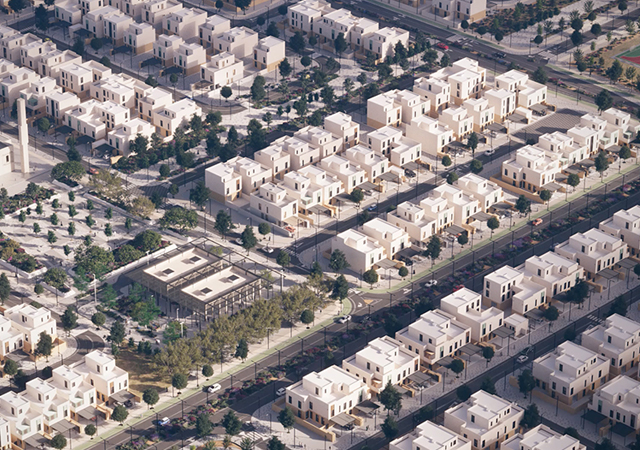
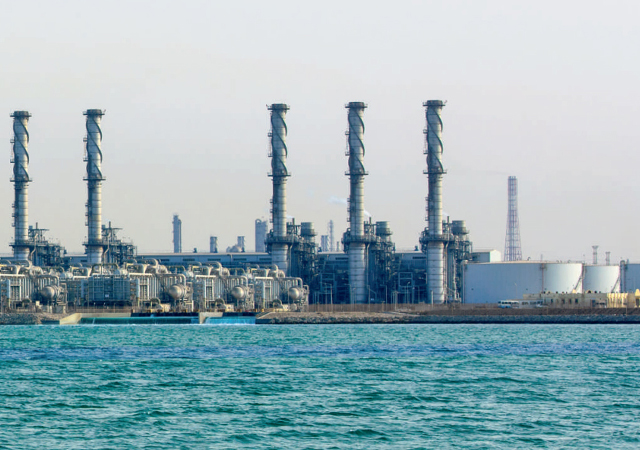
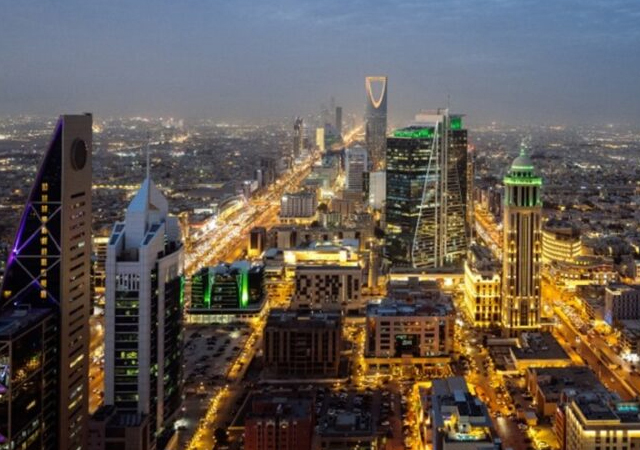
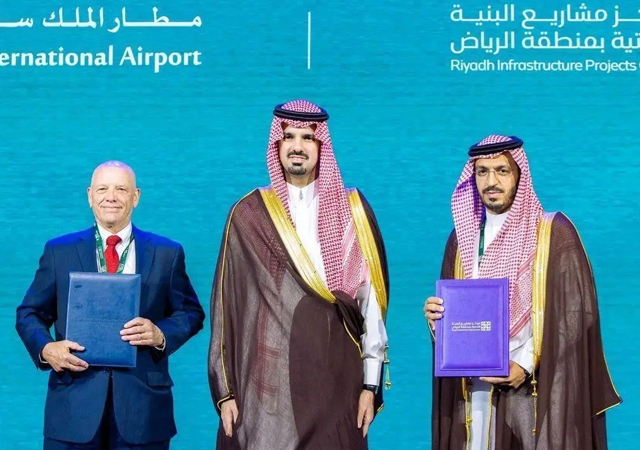
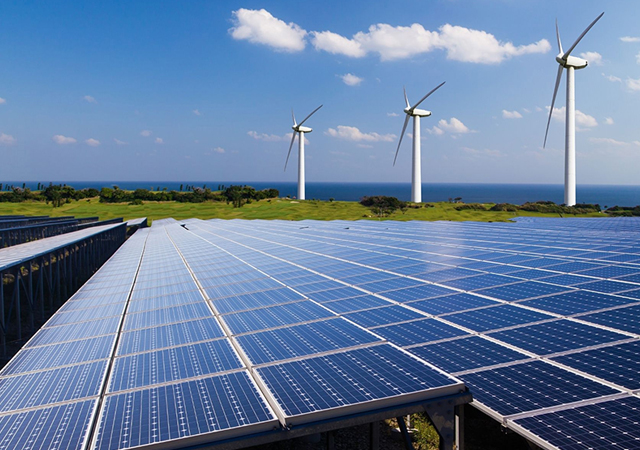
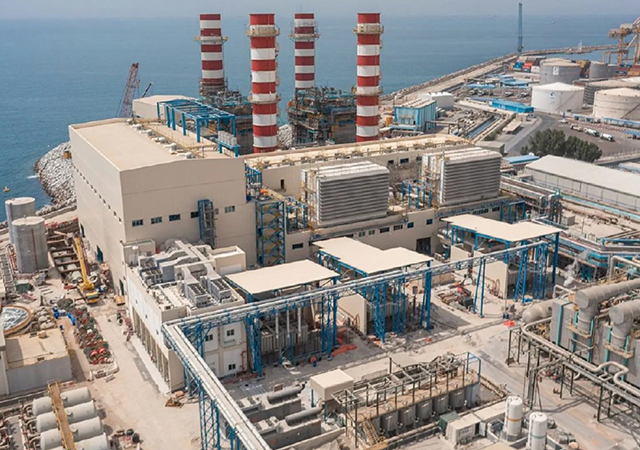
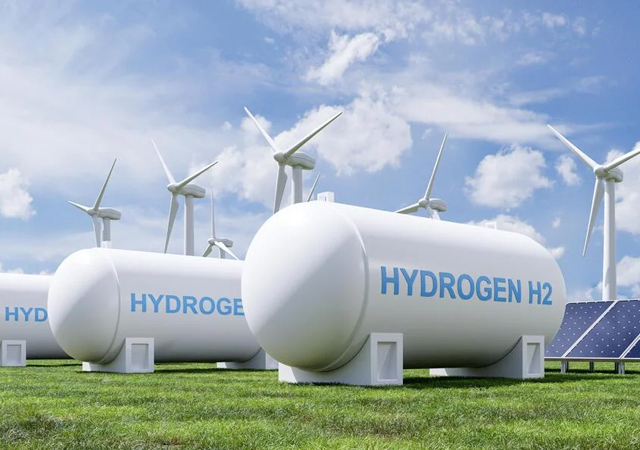
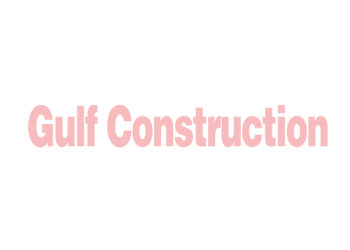
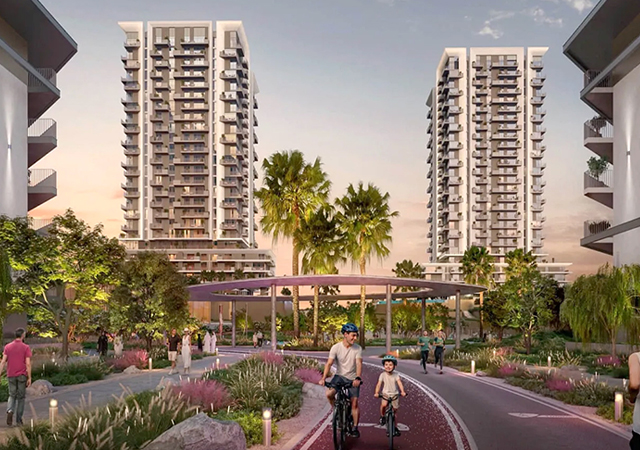

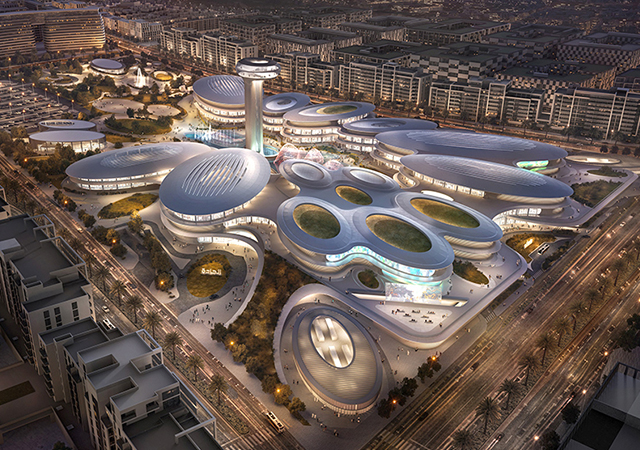
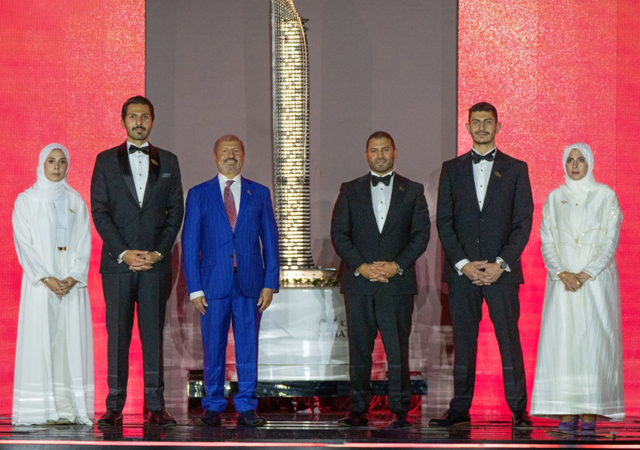
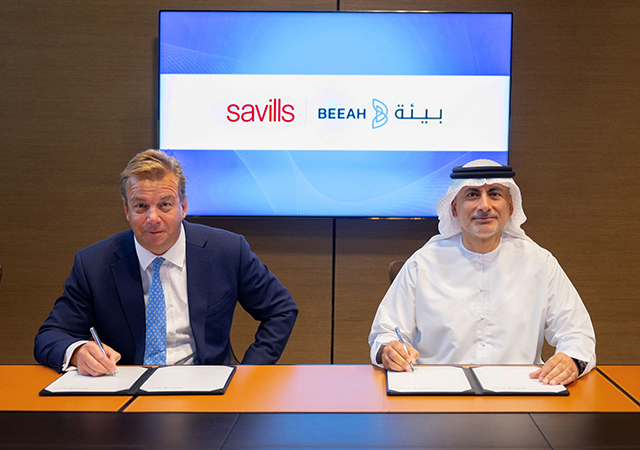
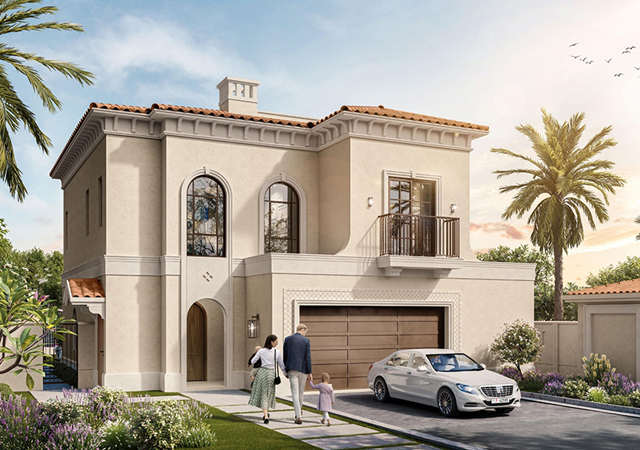
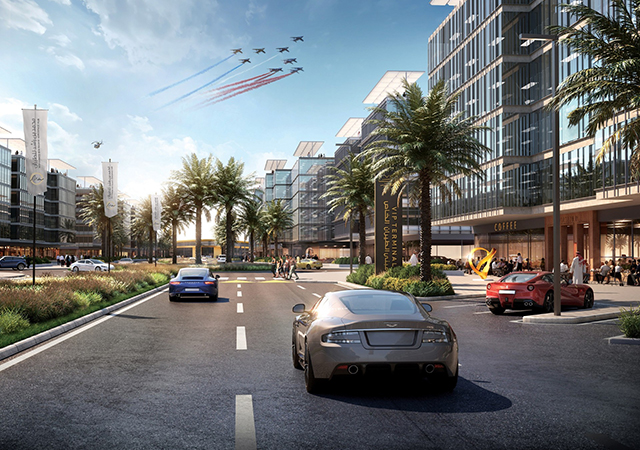
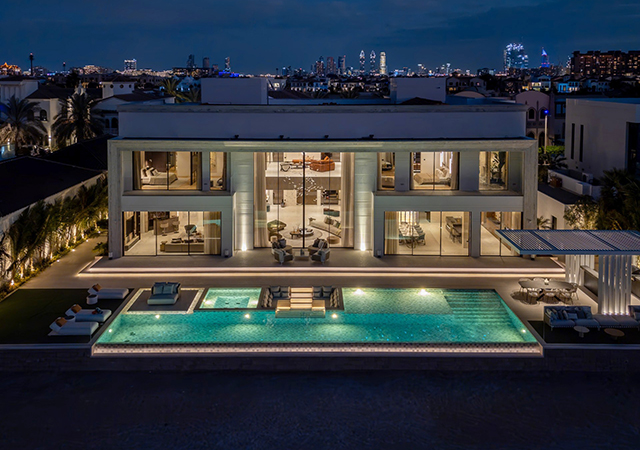
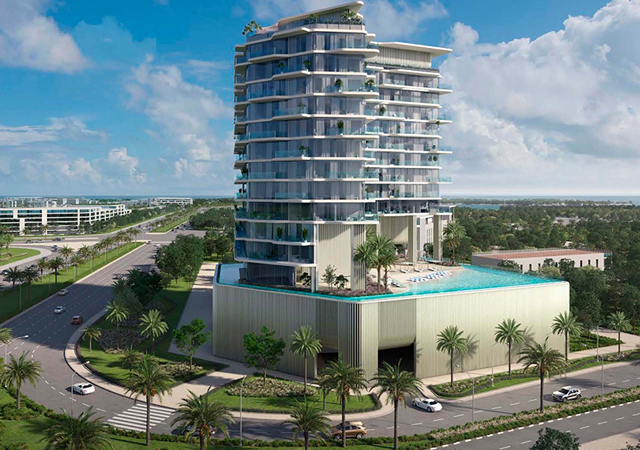
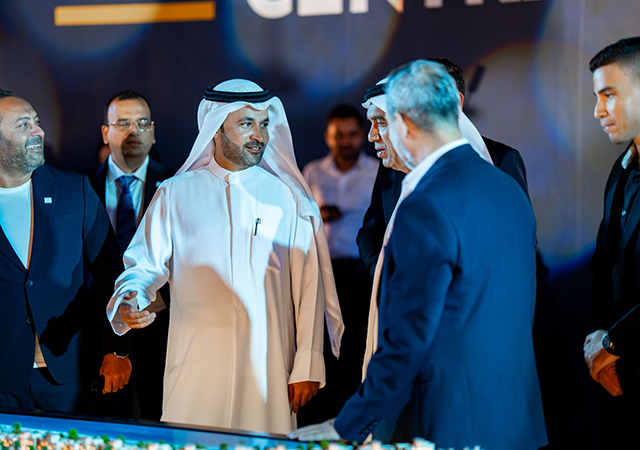
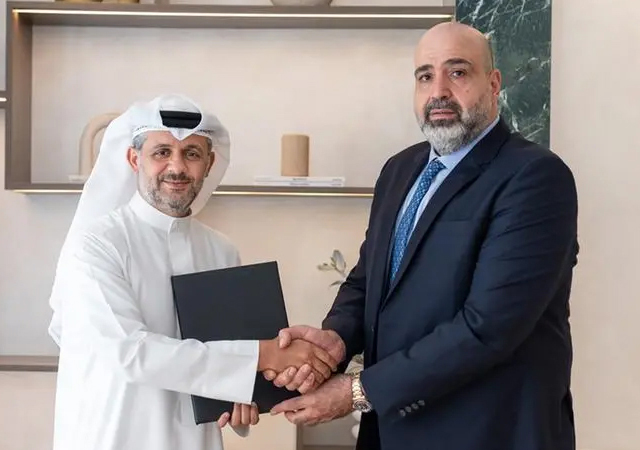
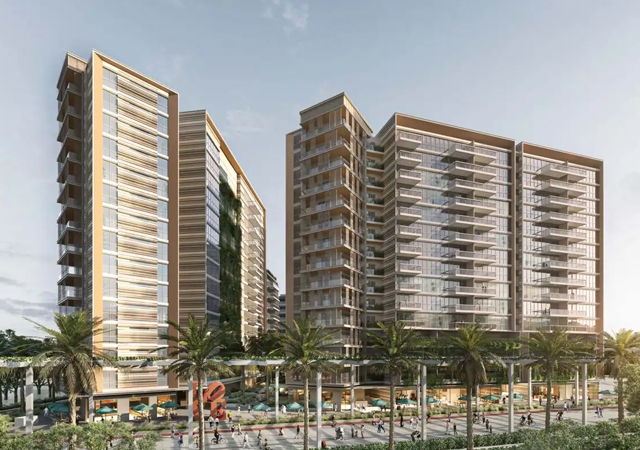
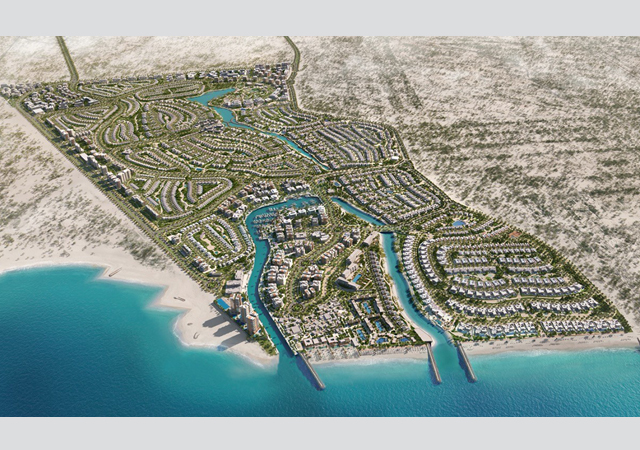
.jpg)
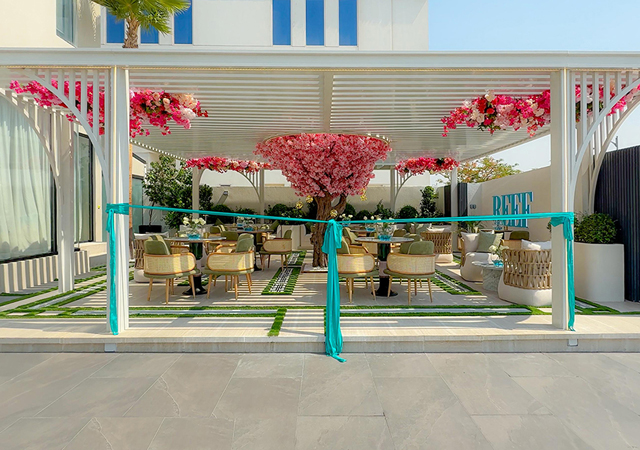
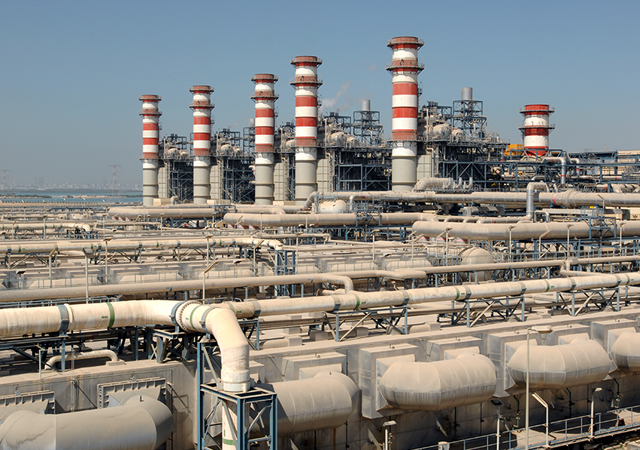
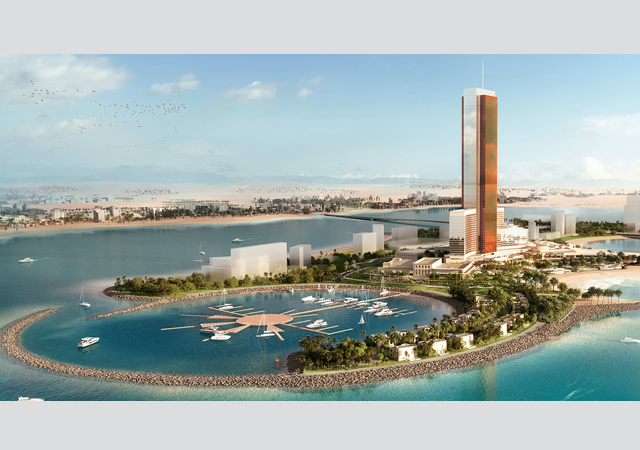
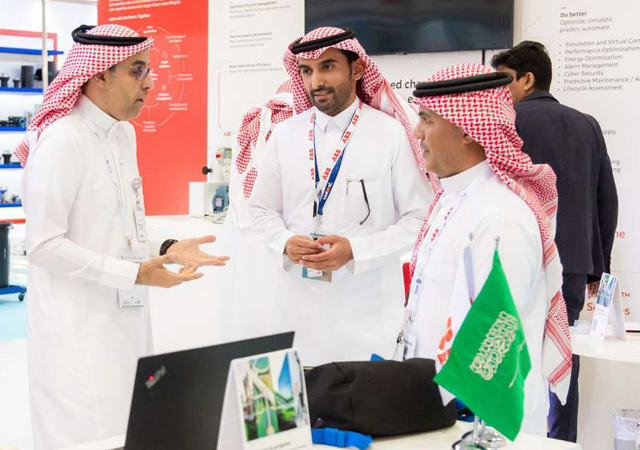
.jpg)
